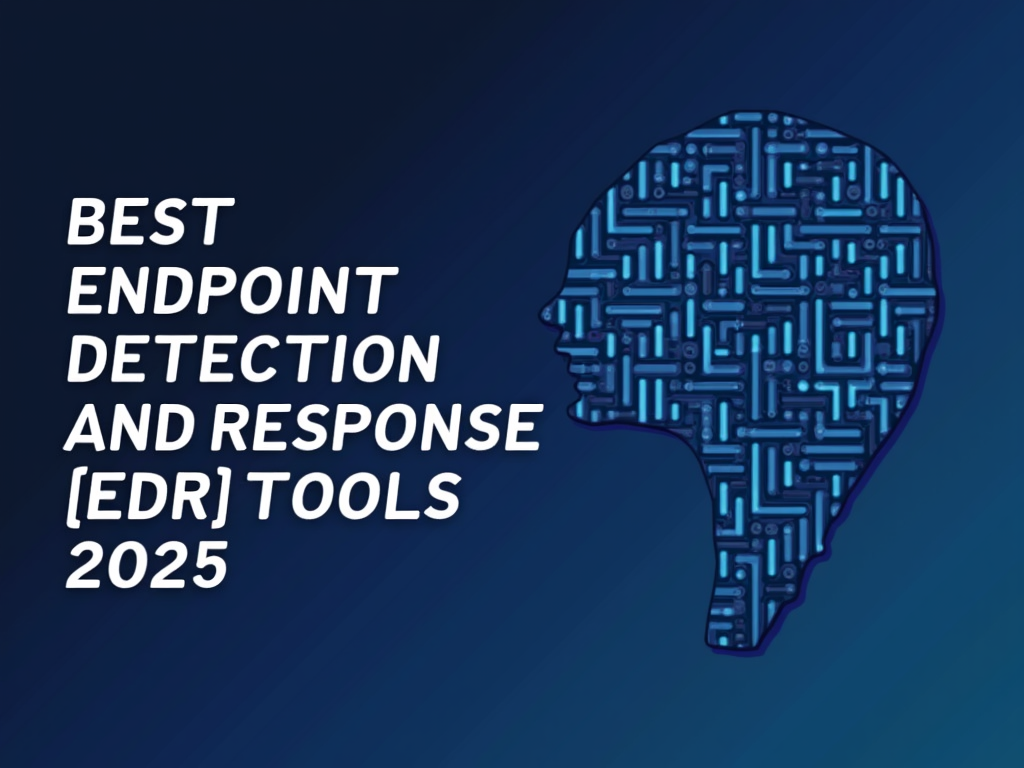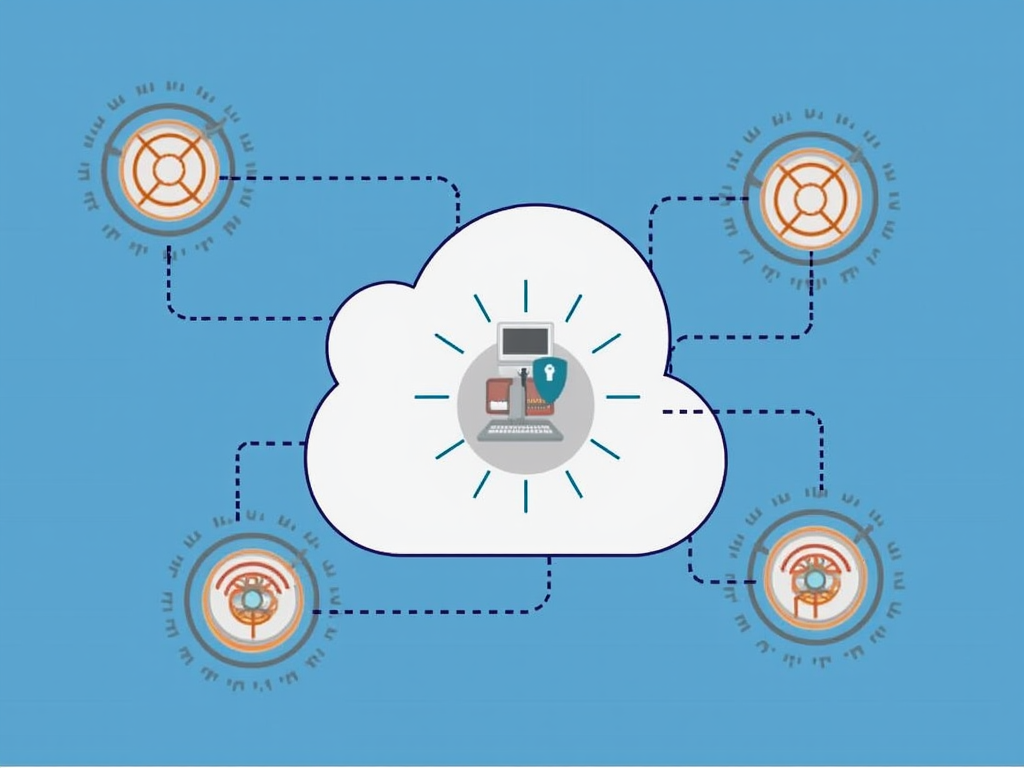Best Endpoint Detection and Response (EDR) Tools in 2025: A Comprehensive Review
As cyber threats continue to evolve, the need for robust endpoint detection and response (EDR) tools has become increasingly critical. EDR solutions enable organizations to monitor, detect, and respond to advanced threats that evade traditional security controls. In this article, we’ll explore the best EDR tools in 2025, highlighting their features, strengths, and weaknesses.
What is Endpoint Detection and Response (EDR)?
Endpoint detection and response (EDR) solutions monitor endpoint devices such as laptops, desktops, servers, and mobile devices for suspicious activity. They detect and analyze malicious behavior, providing real-time insights into potential security incidents. EDR tools can help organizations:
- Detect unknown threats that evade traditional security controls
- Analyze malware behavior and provide detailed threat intelligence
- Respond to detected threats by isolating or quarantining affected devices
Best Endpoint Detection and Response (EDR) Tools in 2025
1. Carbon Black
Carbon Black is a leading EDR solution that provides advanced threat detection, analysis, and response capabilities. Key features include:
- Real-time endpoint monitoring for fileless malware and other unknown threats
- Advanced behavioral analytics to detect and analyze malicious activity
- Automated incident response with customizable workflows
- Integration with popular security tools like SIEMs and SOARs
Strengths:
- Proven track record of detecting and responding to advanced threats
- Strong integration with various security tools
- Robust incident response capabilities
Weaknesses:
- Steep learning curve for new users
- Limited support for Linux-based endpoints
2. CrowdStrike
CrowdStrike is a cloud-based EDR solution that provides real-time threat detection and incident response capabilities. Key features include:
- Advanced threat hunting with AI-powered analytics
- Real-time monitoring of endpoint activity for fileless malware and unknown threats
- Automated incident response with customizable workflows
- Integration with popular security tools like SIEMs and SOARs
Strengths:
- Strong AI-powered analytics for threat detection
- Robust incident response capabilities
- Cloud-based architecture for scalability and ease of deployment
Weaknesses:
- Limited support for Linux-based endpoints
- Steep learning curve for new users
3. Hunter
Hunter is an open-source EDR solution that provides real-time endpoint monitoring and threat detection capabilities. Key features include:
- Advanced behavioral analytics to detect unknown threats
- Real-time monitoring of endpoint activity for fileless malware
- Automated incident response with customizable workflows
- Integration with popular security tools like SIEMs and SOARs
Strengths:
- Open-source architecture for customization and flexibility
- Strong integration with various security tools
- Robust incident response capabilities
Weaknesses:
- Limited support for Linux-based endpoints
- Steep learning curve for new users
4. Morphisec
Morphisec is a cloud-based EDR solution that provides real-time threat detection and incident response capabilities. Key features include:
- Advanced behavioral analytics to detect unknown threats
- Real-time monitoring of endpoint activity for fileless malware
- Automated incident response with customizable workflows
- Integration with popular security tools like SIEMs and SOARs
Strengths:
- Strong integration with various security tools
- Robust incident response capabilities
- Cloud-based architecture for scalability and ease of deployment
Weaknesses:
- Limited support for Linux-based endpoints
- Steep learning curve for new users
5. Palo Alto Networks
Palo Alto Networks is a well-known cybersecurity company that offers an EDR solution as part of its overall security portfolio. Key features include:
- Advanced threat detection and incident response capabilities
- Real-time monitoring of endpoint activity for fileless malware and unknown threats
- Automated incident response with customizable workflows
- Integration with popular security tools like SIEMs and SOARs
Strengths:
- Strong integration with various security tools
- Robust incident response capabilities
- Wide range of security products to complement EDR solution
Weaknesses:
- Limited support for Linux-based endpoints
- Steep learning curve for new users
Conclusion
In conclusion, the best endpoint detection and response (EDR) tools in 2025 offer a combination of advanced threat detection, robust incident response capabilities, and strong integration with various security tools. While each EDR solution has its strengths and weaknesses, Carbon Black, CrowdStrike, Hunter, Morphisec, and Palo Alto Networks are top contenders in the market. When selecting an EDR tool, organizations should consider factors such as endpoint support, scalability, ease of deployment, and customization options to ensure the best fit for their unique security needs.
References
- Carbon Black. (2025). Endpoint Detection & Response
- CrowdStrike. (2025). Cloud-Based EDR Solution
- Hunter. (2025). Open-Source EDR Solution
- Morphisec. (2025). Cloud-Based EDR Solution
- Palo Alto Networks. (2025). Palo Alto Networks’ EDR Solution



